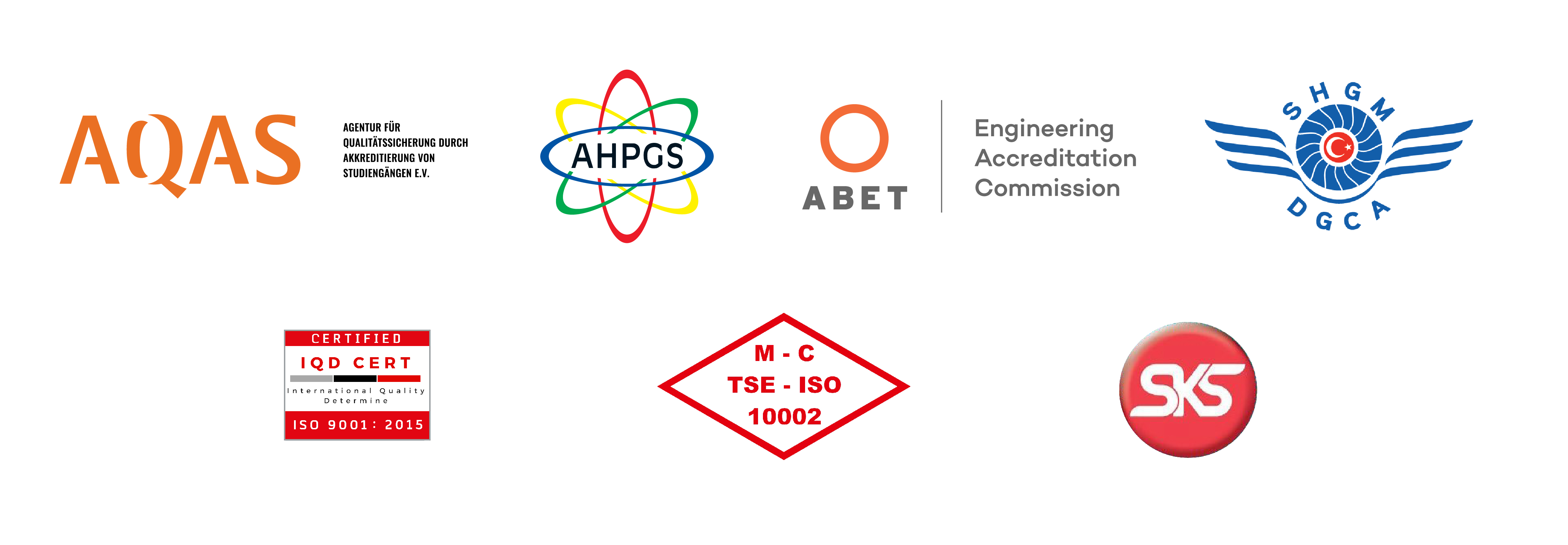The exhibition "Traces of Life 2", which aims to show people's experiences, was opened. A special series dedicated to the Antakya district was included in the exhibition, created by the artist and Assistant Professor Mustafa Günay from Hatay. In a corner where rubble and objects from the earthquake-stricken area were brought, paintings depicting the old streets of Antakya were displayed on one side, while photographs taken of these streets after the earthquake were displayed on the other side.
The second exhibition of 'Traces of Life' was opened at Istanbul Gelişim University. In the portraits in the exhibition that will continue until March 29 at Gelisim Art Gallery, it shows people's experiences throughout their lives, their sorrows, difficulties, troubles, and all the problems they have suffered, reflected on their faces over the years. The exhibition, which includes a total of 25 paintings, also includes some objects were brought from the debris in the earthquake zone.
“We make positive discrimination towards art”
Making the opening speech of the exhibition, Rector of Istanbul Gelisim University, Prof. Dr. Bahri Şahin said that they are always ready to support artists; “First of all, I would like to congratulate Mustafa for this exhibition. Our university evaluates art separately from other sciences; We make positive discrimination towards art.’’ Because humanity needs art. We are trying to highlight art and social sciences alongside technical sciences. Civilization has three pillars. These; social innovation, artistic innovation and technical innovation. If one doesn't exist, the other doesn't exist.
“Unfortunately, as a country, we can forget some things quickly”
Stating that they held the first exhibition in the Turkish Republic of Northern Cyprus in 2020, Istanbul Gelisim Vocational School Asst. Prof. Dr. Mustafa Günay said:
“We are excited to present the second edition of the exhibition to you. We have a special concept for this exhibition. One part of the series includes works on the streets of old Antakya. As you know, in Antakya, the 'Asi River' divides the city in half. While there are modern, high-rise buildings on one side of the city, there are old historical buildings and streets on the other side. This year's exhibition also includes a series featuring old Antakya houses and streets. A year ago, there was an earthquake that was described as the disaster of the century. Unfortunately, it hit 10 provinces of our country. One of the most damaged cities among these provinces is Antakya. I recently went and witnessed it firsthand. Unfortunately, lives, experiences and dreams have disappeared there. Here, my related works and paintings show images before the earthquake. The photos are of the situation after the earthquake. We created a tragic installation series with various objects and rubble we brought from the region. Unfortunately, as a country, we can forget some things quickly. Our agenda changes quickly. We made this exhibition so that it would not be forgotten.”
 Created Date: : Tuesday, March 12, 2024
Created Date: : Tuesday, March 12, 2024
Organized by the Turkic World Youth Council Club operating within Istanbul ...
Prof. İsmet Çavuşoğlu, a faculty member at Istanbul Gelisim University (IGU...







